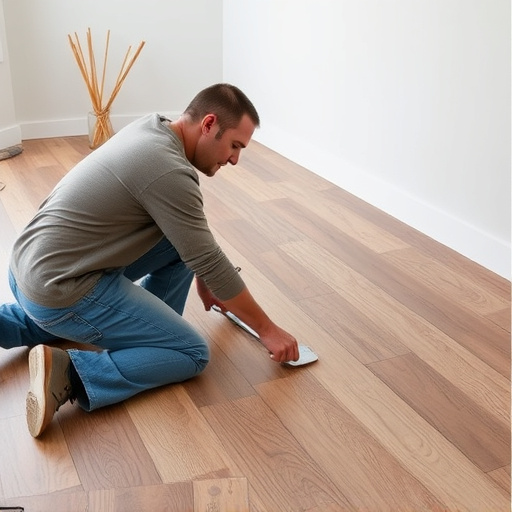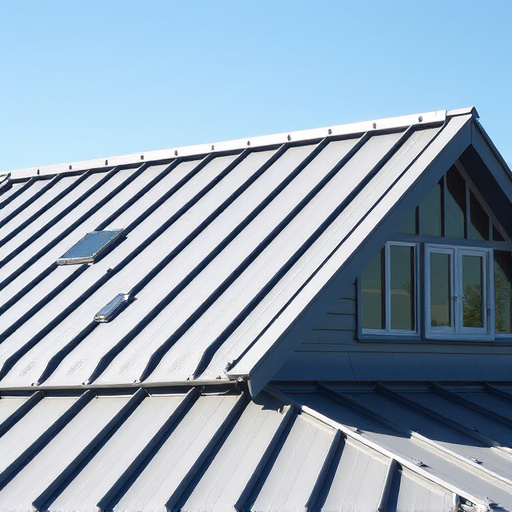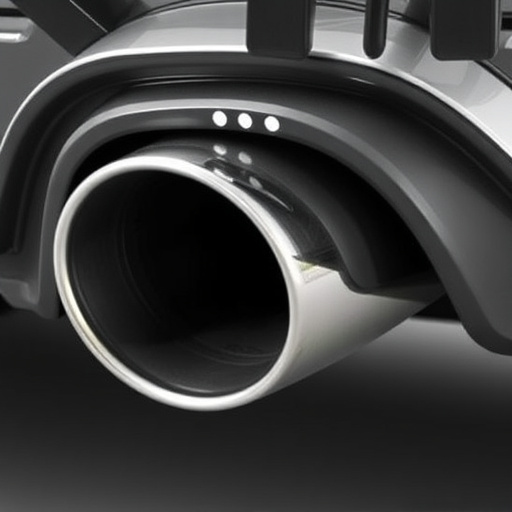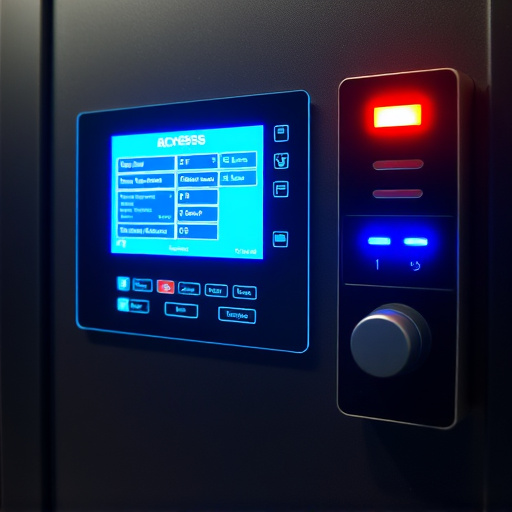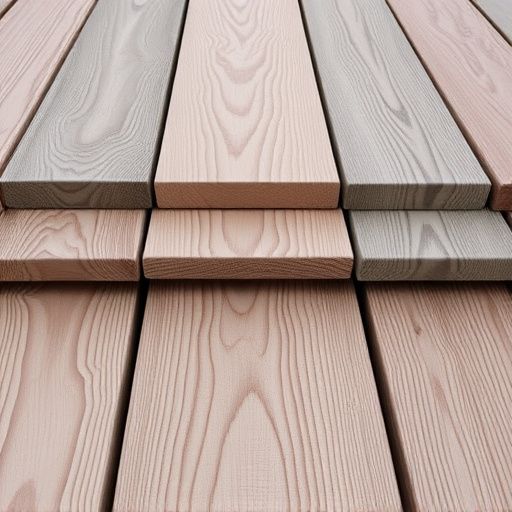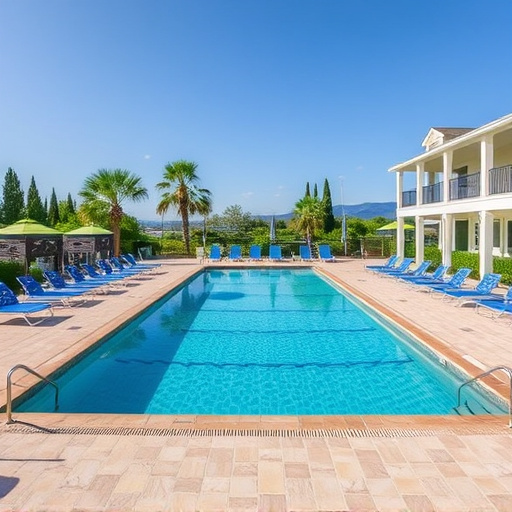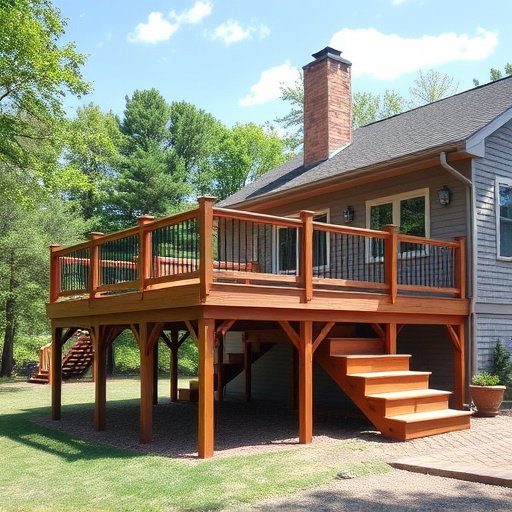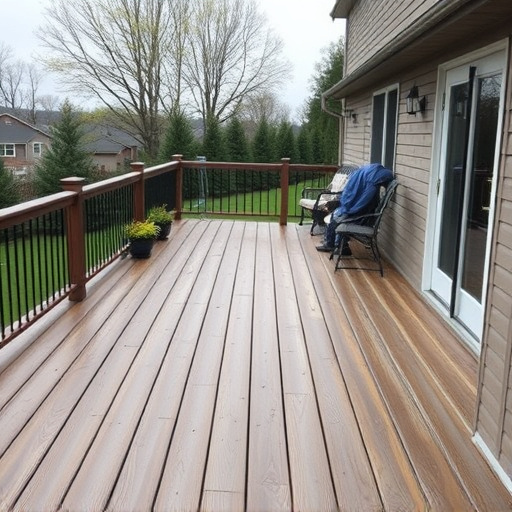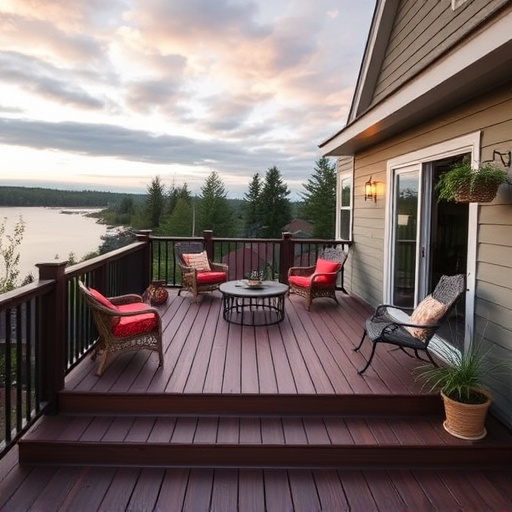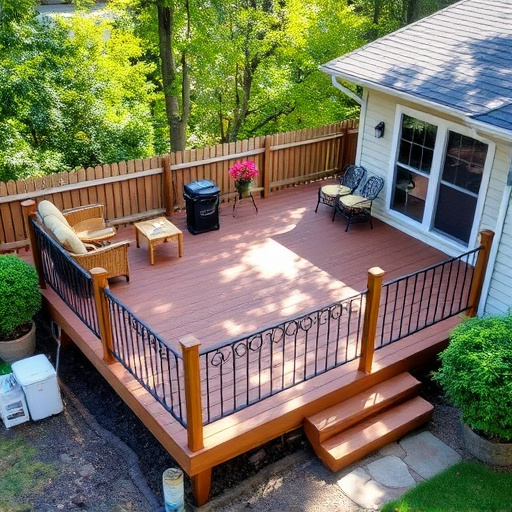Installing modern deck systems requires careful consideration of compatibility with existing structures, navigation of building codes, and proper safety and durability practices to ensure structural integrity, aesthetic appeal, and long-term value for homeowners. Engage professionals specializing in decking and related services throughout the process.
Installing modern deck systems presents unique challenges, from compatibility with existing structures to navigating complex permits and building codes. This article delves into three critical aspects: understanding compatibility issues, mastering permit processes, and ensuring safe, durable installations. By addressing these common hurdles, homeowners and contractors can transform outdoor spaces into functional, beautiful decks that enhance living areas for years to come. Discover practical tips and insights on achieving seamless deck system installations.
- Understanding Compatibility Issues With Existing Structures
- Navigating Complex Permits and Building Codes
- Ensuring Proper Installation for Safety and Durability
Understanding Compatibility Issues With Existing Structures
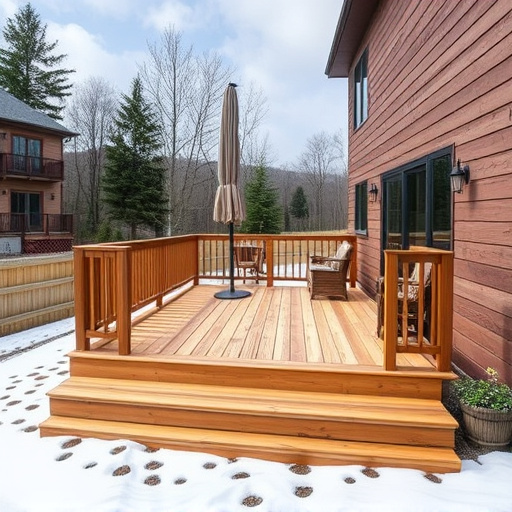
When installing modern deck systems, one of the primary challenges lies in understanding compatibility issues with existing structures. Homeowners often assume that a new deck will seamlessly integrate into their current home design, but this isn’t always the case. Deck systems, including railings, joists, and posts, need to align correctly with the building’s structural elements—like siding services and roofing—to ensure stability and safety. Misalignment can lead to weak points in the structure, compromising its integrity over time.
Proper planning involves careful measurement and assessment by professionals who specialize in both decking and roofing or siding services. They can identify potential issues, such as differences in material expansion rates between new and existing components, which could cause warping or cracking. Integrating a modern deck requires a nuanced approach, especially in residential siding, to maintain the aesthetic appeal and structural soundness of the entire property.
Navigating Complex Permits and Building Codes
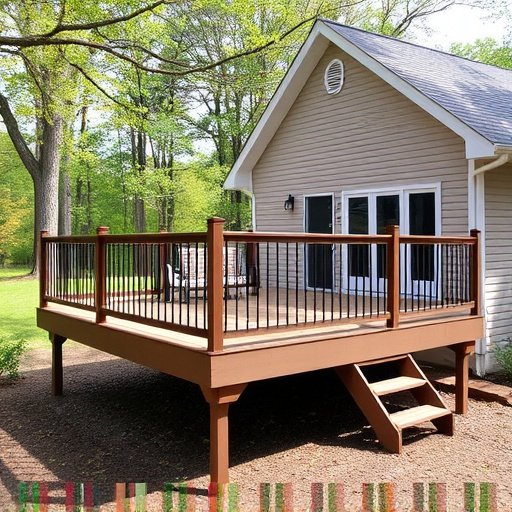
Installing a modern deck system involves navigating a complex web of permits and building codes, which can be daunting for homeowners. Each municipality has its own set of regulations that dictate everything from structural integrity to safety features, making it crucial to understand local requirements before breaking ground. Failure to comply with these guidelines not only delays the project but can also result in costly repairs or even legal repercussions.
This process often requires engaging with various professionals, including roof consultants and siding services, who can provide expert advice on adhering to building codes. Their insights are invaluable in ensuring that the deck is not just aesthetically pleasing but also structurally sound and compliant with local laws, ultimately transforming exterior home improvements into a seamless and stress-free experience.
Ensuring Proper Installation for Safety and Durability
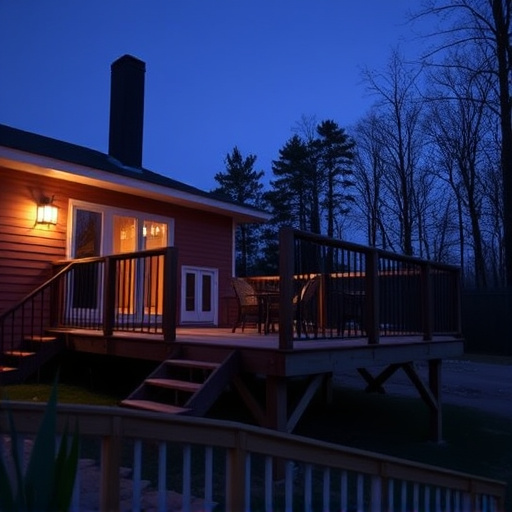
When installing modern deck systems, proper installation is paramount for both safety and durability. Many homeowners often underestimate the significance of this step, leading to long-term issues that can be costly to repair. A poorly installed deck may not only pose a risk of injury but also weaken the structure over time, making it susceptible to damage from weather conditions and everyday wear and tear. To ensure a secure and lasting deck, it’s crucial to follow manufacturer guidelines and engage professional installers who understand the intricacies of modern construction techniques. Proper fastening, alignment, and use of appropriate materials are fundamental to achieving a safe and durable deck system.
Regular maintenance, including siding repairs and roofing solutions, is also essential for keeping your deck in top condition. For residential roofing, choosing the right decking materials and ensuring their proper installation can significantly impact the overall longevity of your outdoor living space. By prioritizing safety and durability during installation, homeowners can enjoy their decks for years to come, knowing they have invested in a sturdy and secure structure that enhances their property’s value.
Installing modern deck systems presents unique challenges, from compatibility with existing structures to navigating complex permits and ensuring safe, durable installations. Understanding these common issues is key to a successful project. By addressing compatibility problems, staying informed about local building codes, and prioritizing safety and durability during installation, you can enhance the long-term performance of your deck system, ensuring it becomes a functional and aesthetic addition to your outdoor space.
